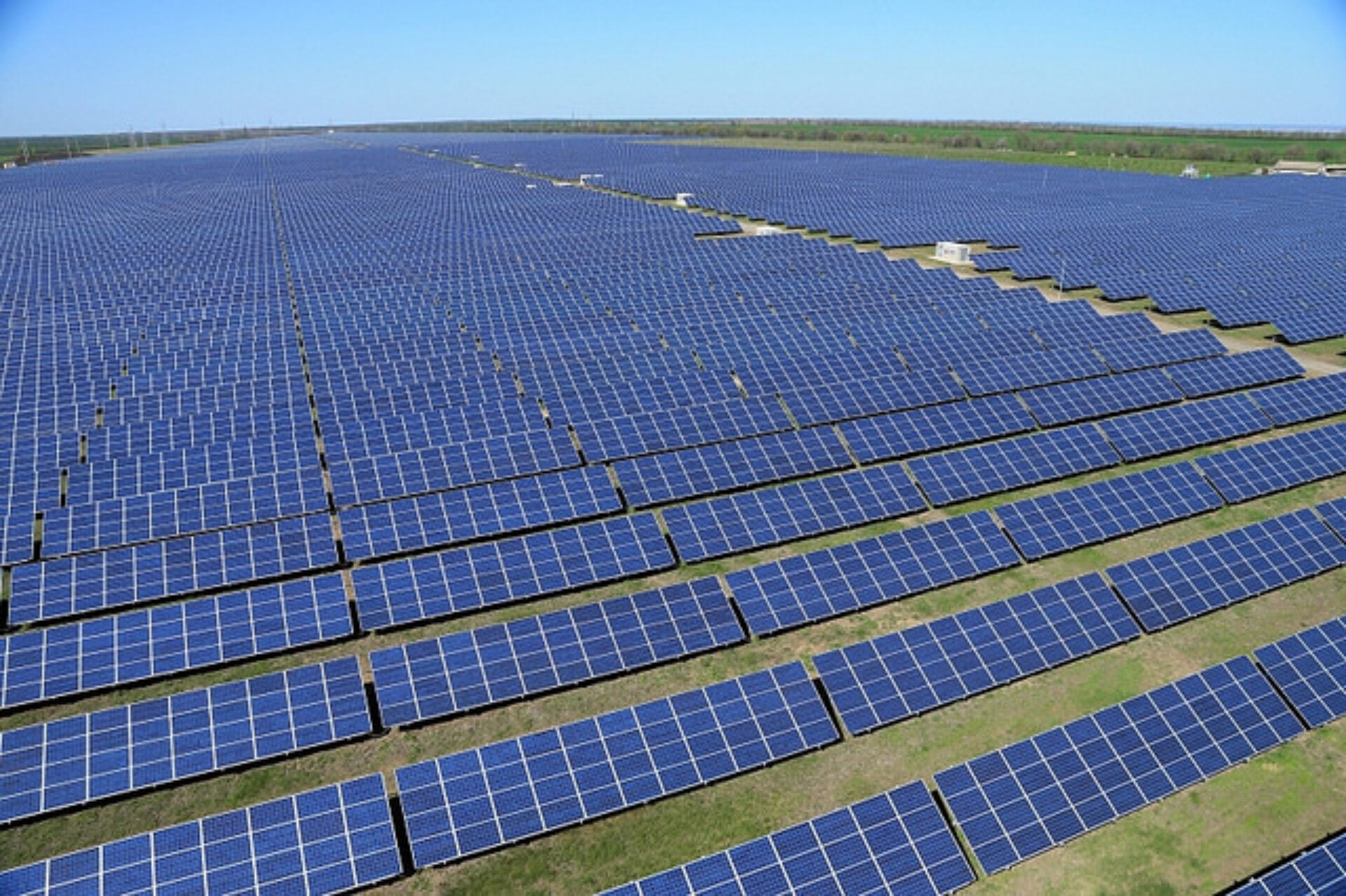
Debating Details of PURPA Qualifying Facilities
In June, the Federal Energy Regulatory Commission (FERC) hosted a technical conference to examine implementation issues under the Public Utility Regulatory Policies Act of 1978 (PURPA), focusing specifically on Qualifying Facilities (QFs).
PURPA’s QF policy was one of the nation’s first to promote development of renewable energy projects.
QF’s can be either a “small power production facility” under 80 MW that is resourced from hydro, wind, solar, biomass, waste or geothermal, or a “cogeneration facility” of any size that efficiently produces electricity and useful thermal energy.
The 1970’s energy crisis that saw huge price spikes in electricity prices. In response, PURPA’s QF policy aimed to diversify (or hedge) the country’s electricity supply that had been dominated by large-scale power plants built by cost-of-service regulated utilities.
PURPA’s QF policy – one of the country’s early steps towards deregulation of electric generation – allowed non-utilities (i.e. independent power producers or IPPs) to build QFs and required local regulated utilities to purchase output from these facilities on terms favorable to QF developers. These terms, for example, included long-term supply contracts of 20-30 years priced at the “incremental cost of alternative energy”, or the avoided cost of electricity the utility would have to paid to procure power from a more traditional source. Certain QF’s were also exempted from certain state and federal utility regulations, for example, state rate regulation and the Federal Power Act.
The FERC conference was held at the bequest of U.S. House lawmakers concerned that PURPA’s QF policy is no longer relevant, because of significant changes in electricity markets that have occurred since PURPA’s passage.
Indeed, PURPA’s QF policy has been amended in the intervening years, as the electricity sector evolved. For example, the Energy Policy Act of 2005 eliminated a utility’s mandatory purchase requirement of QFs, if the QF’s had nondiscriminatory access to competitive markets. FERC’s Order 688 later found that MISO, PJM, ISO-NE, and NY-ISO wholesale markets met this markets definition, and also included a challengeable presumption that QF’s over 20 megawatts (MW) had non-discriminatory access to at least one of these competitive markets. However, FERC stated that the utility mandatory purchase requirement would remain in all markets for QF’s less than or equal to 20 MWs, but outlined a process for utilities to rebut this finding if they can prove the QF has nondiscriminatory access to a wholesale market.
As a result of these policies, most QF projects are located in areas of the United States that do not have wholesale market access, such as the southeast and non-California west.
For a utility subject to the mandatory purchase requirement, the amount of money paid to the QF depends on an avoided cost calculation. The decision on which avoided cost calculation methodology to use, is made by the applicable state, with most common methods including:
- Proxy Resouce Method – Assumes the QF can help a utility avoid or defer investment into a traditional generation unit. Will consider fixed costs as avoided capacity costs and variable costs as avoided energy costs. Choice of proxy resource, for example a less expensive combustion turbine or more expensive baseload unit, is important to the monetary value provided to the QF.
- Peaker Method – Assumes the QF helps reduce the need for marginal system generation avoiding investment into a marginal (peaking) generation unit, typically a combustion turbine. Avoided capacity cost is based on combustion turbine costs and energy avoided costs are based on forecasted marginal energy costs for the term of the QF contract.
- Differential Revenue Requirement – A modelling-heavy approach that compares a utility’s generation revenue requirement with and without the QF. Presence of the QF capacity, assumed as a zero-cost resource, reduces the utility’s revenue requirement and the avoided costs is represented by the present value of the difference between the QF and non-QF cases.
- Auctions – for example, competitively bid procurement through an RFP.
The FERC technical conference agenda focused on discrete issues pertaining to the mandatory purchase obligation and avoided cost calculation aspects of PURPA QFs.
The letter from lawmakers requesting the conference maintained information garnered through the dialogue would be useful to understanding the need for potential changes to the law. The letter also indicated the conference could identify necessary administrative reforms, but it is unclear if FERC is planning any regulatory action.
Christina Simeone
Kleinman Center Senior FellowChristina Simeone is a senior fellow at the Kleinman Center for Energy Policy and a doctoral student in advanced energy systems at the Colorado School of Mines and the National Renewable Energy Laboratory, a joint program.

